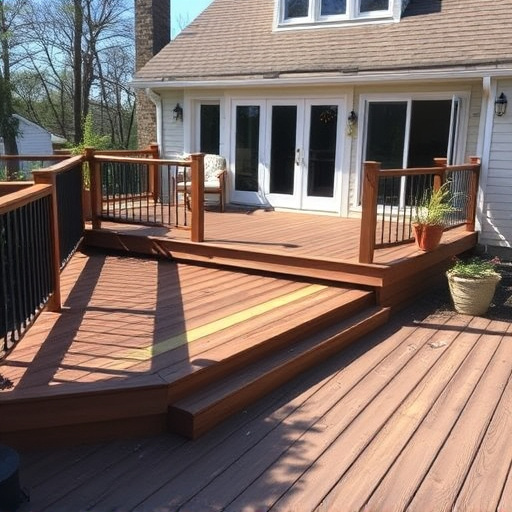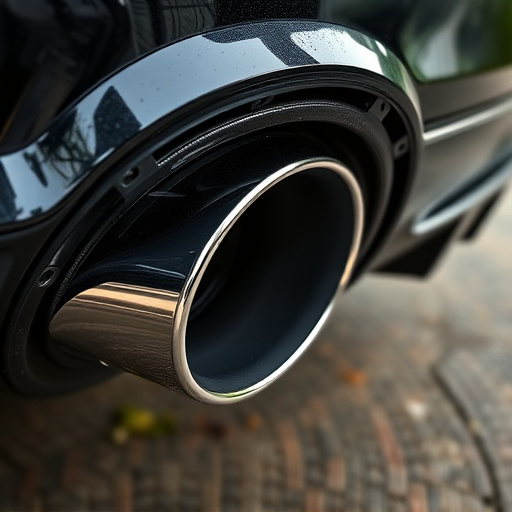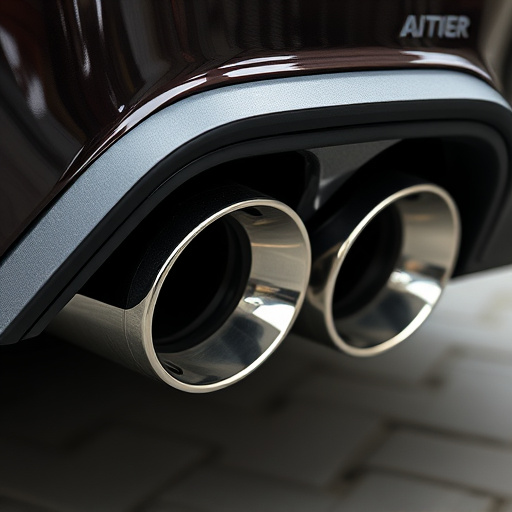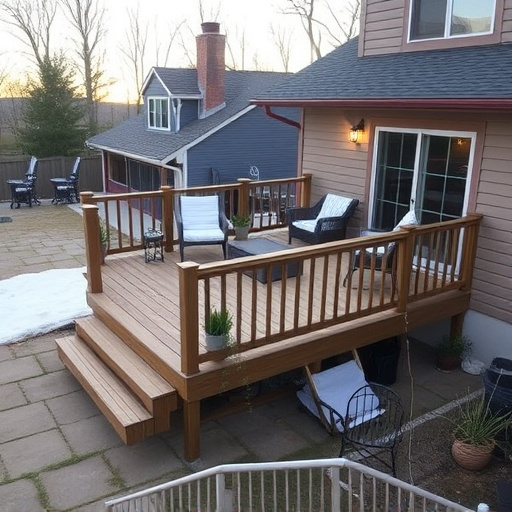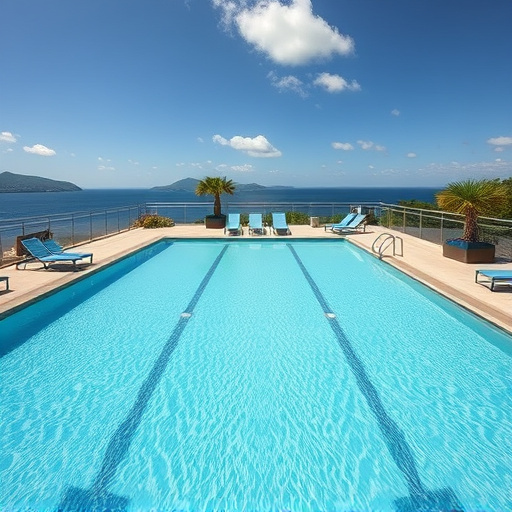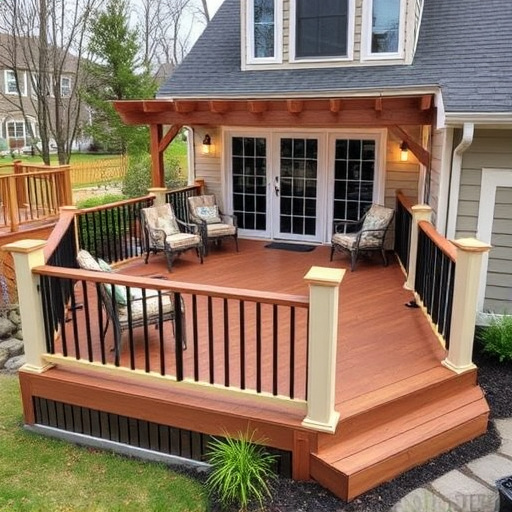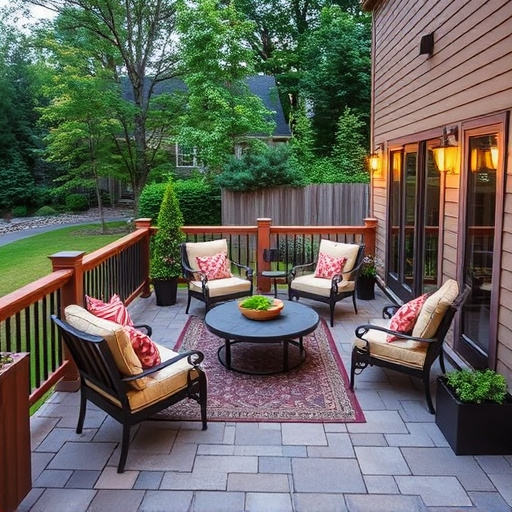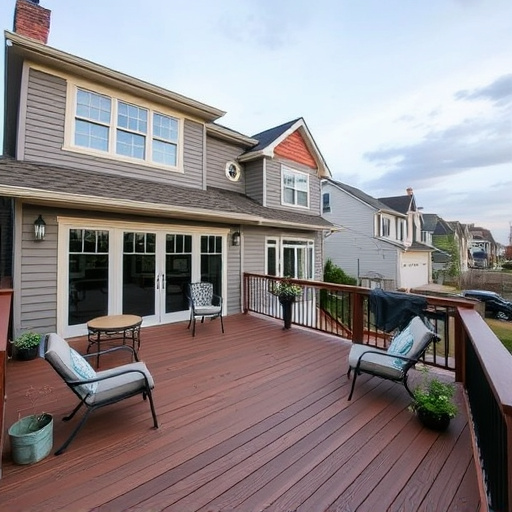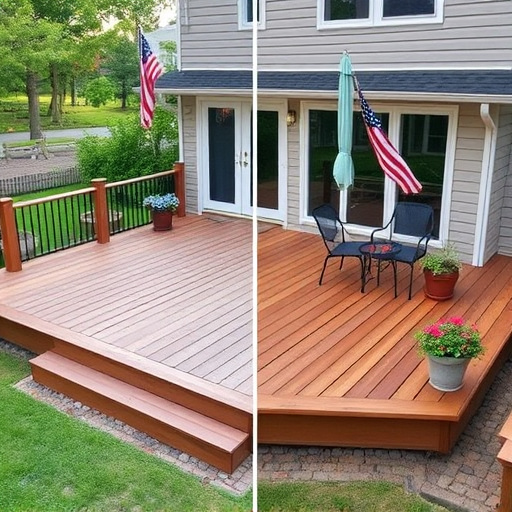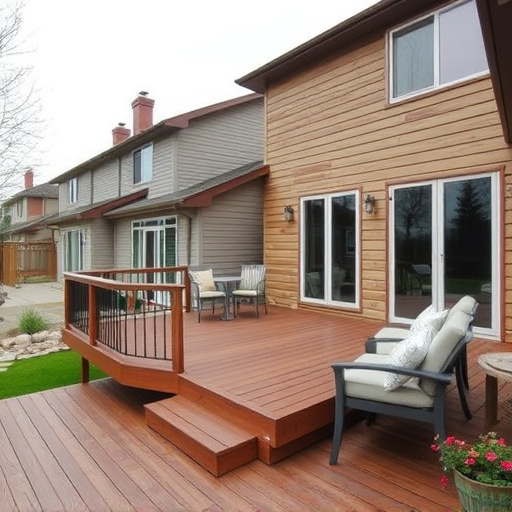Deck builders face a challenge in creating multi-level decks that are both aesthetically pleasing and safe, especially on slopes. Slip-resistant decking materials are crucial for accident prevention and structural durability. Options include anti-slip coatings, textured boards, and non-slip tiles, enhancing outdoor spaces while catering to diverse needs and ensuring long-term safety for clients.
Multi-level deck designs add style and functionality to outdoor spaces, but they also present unique challenges. This article explores how slip-resistant decking can enhance safety and stability in multi-level structures. We’ll delve into the specifics of these sophisticated designs, highlighting the critical role of non-slip surfaces for both homeowners and deck builders alike. By understanding the right materials and options, builders can create durable, secure, and aesthetically pleasing multi-level decks.
- Understanding Multi-Level Deck Designs
- The Role of Slip-Resistant Decking
- Choosing the Right Materials for Deck Builders
Understanding Multi-Level Deck Designs
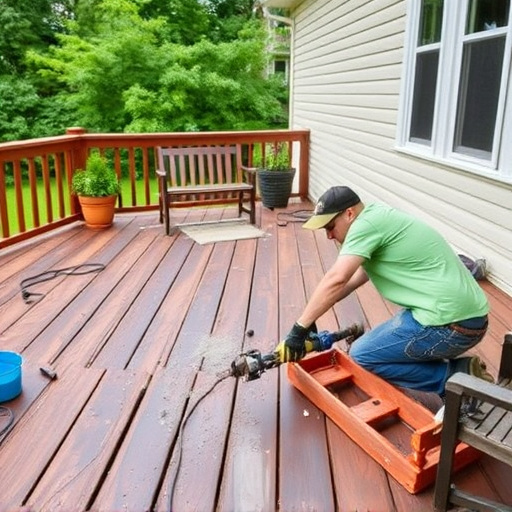
Multi-level deck designs have become increasingly popular, offering both aesthetic appeal and functional versatility for homeowners and businesses alike. These sophisticated structures feature multiple levels, creating distinct spaces for various purposes such as outdoor living areas, entertainment zones, or even dedicated seating areas with a view. Deck builders are often tasked with the challenge of crafting these complex designs while ensuring safety, especially when dealing with slip-resistant decking materials.
For commercial roofing and roof repair projects involving multi-level decks, selecting suitable slip-resistant flooring is crucial. This is not only essential for preventing accidents but also enhances the overall durability of the structure. Deck builders can choose from a range of options, including specialized anti-slip coatings, textured deck boards, or even incorporating non-slip tiles into the design. With proper planning and expert roofing services, these multi-level decks can be transformed into safe and stunning outdoor retreats that cater to diverse needs.
The Role of Slip-Resistant Decking
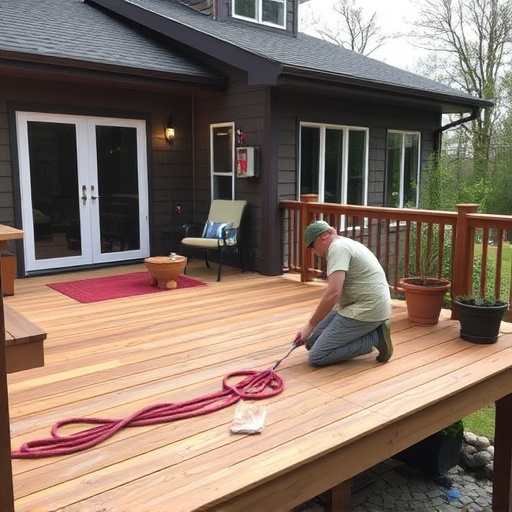
In the realm of multi-level deck designs, slip-resistant decking plays a pivotal role in enhancing safety and ensuring a secure environment for homeowners and their guests. Deck builders often face the challenge of creating structures that are both aesthetically pleasing and functional, especially when dealing with elevated platforms and steep slopes. A well-chosen slip-resistant decking material can prevent accidental slips and falls, transforming what could be an unsafe space into a welcoming outdoor oasis.
This is particularly crucial for areas prone to adverse weather conditions or those with high traffic, such as poolsides or entertainment decks. Unlike traditional decking materials that might become slick when wet, slip-resistant options offer better traction, making them ideal for deck builders looking to provide long-lasting safety and peace of mind for their clients. Incorporating these solutions into residential siding or roofing projects can even extend the lifespan of these features by mitigating storm damage repair needs over time.
Choosing the Right Materials for Deck Builders
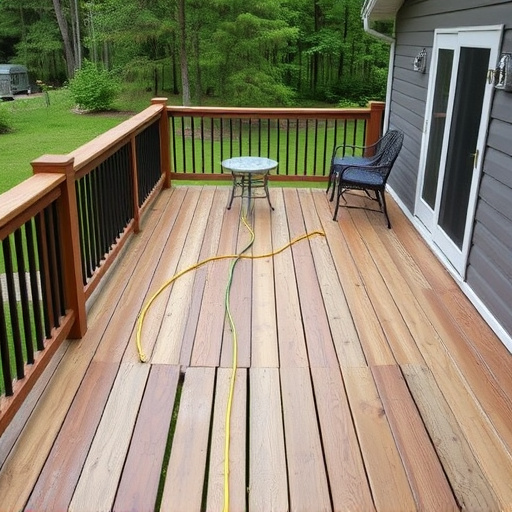
When it comes to building multi-level decks, deck builders have a range of materials to choose from, each with its unique advantages and considerations. The key to successful installations lies in selecting the right options that cater to both functionality and aesthetics. For instance, slip-resistant surfaces are essential for safety, especially on elevated levels, ensuring peace of mind for homeowners and visitors alike.
Deck builders should consider materials like anti-slip coatings or textured finishes that offer superior grip without compromising the deck’s visual appeal. These choices are particularly vital for commercial siding projects where heavy foot traffic is expected. Similarly, residential roofing materials can also incorporate slip-resistant properties, adding another layer of safety to multi-level structures. Ultimately, the right combination of durable and non-slip surfaces will ensure a safe and stylish decking solution.
Multi-level deck designs offer both aesthetic appeal and functional versatility, but they require slip-resistant decking to ensure safety. By selecting the right materials, as guided by industry experts and deck builders, homeowners can achieve a beautiful and secure outdoor living space that stands the test of time and traffic. Incorporating slip-resistant features not only enhances the comfort and enjoyment of your deck but also mitigates liability, making it a smart investment for any property.


